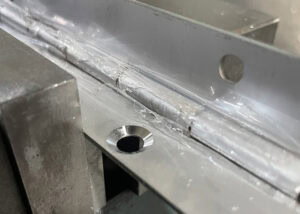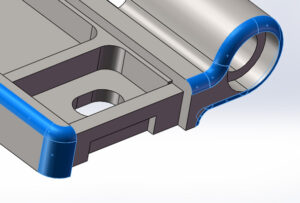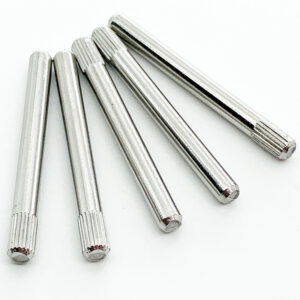Telescopic hinges play a crucial role in the industrial sector, offering enhanced functionality and accessibility in various applications. When selecting telescopic hinges, several key factors need to be considered to ensure optimal performance and reliability. This is different in hinges to ozone aging test chamber hinges as they are retractable. They are also very different in terms of construction.
The Basics of Telescopic Hinges
Telescopic hinges are innovative mechanical devices designed to enable smooth and controlled movement between two objects, typically a door or panel and its frame. Their unique design incorporates multiple interconnected segments that extend and retract, allowing for increased flexibility and range of motion.
Types of Telescopic Hinges
1. Traditional Telescopic Hinges: These hinges are commonly used in industrial settings and offer features such as compact size, easy installation, and reliable performance. They find applications in machinery access panels, equipment enclosures, and more.
2. Heavy-Duty Telescopic Hinges: Engineered to withstand heavy loads and provide robust support, heavy-duty telescopic hinges are ideal for industrial machinery, large doors, and equipment requiring high load-bearing capabilities.
3. Adjustable Telescopic Hinges: These hinges offer the advantage of customization, allowing users to adjust the hinge’s length and angle to fit specific requirements. They are suitable for applications that demand flexibility, such as adjustable control panels and ergonomic workstations.
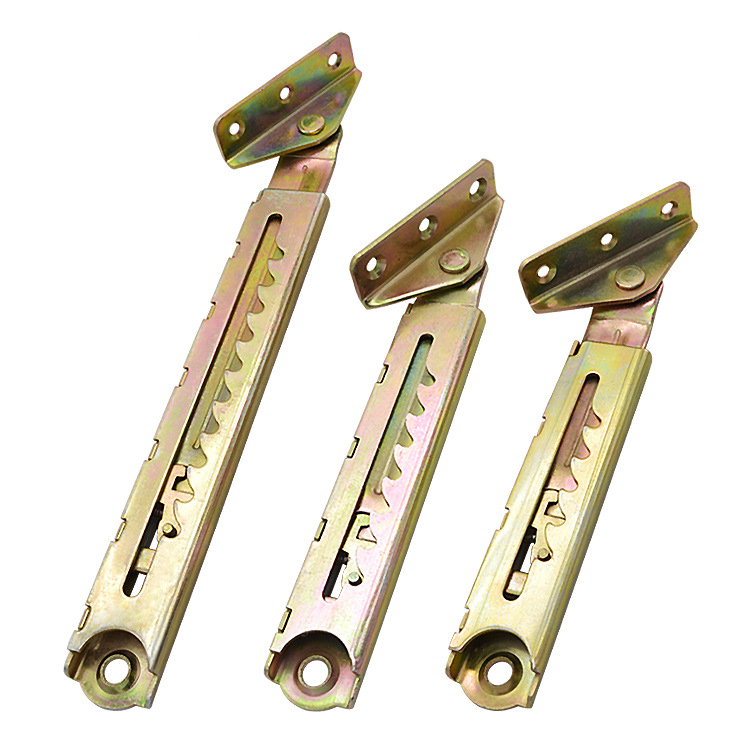
Factors to Consider When Choosing Telescopic Hinges
1. Load Capacity: Assessing the weight and size of the door or panel that the hinge will support is essential to determine the required load capacity. This ensures the hinge can withstand the anticipated weight without compromising functionality.
2. Durability and Material Selection: Evaluating different materials, such as stainless steel or high-strength alloys, helps ensure the hinge’s durability and resistance to corrosion, harsh environments, and repetitive use.
3. Environmental Considerations: Industries operating in challenging environments, such as marine or chemical plants, require telescopic hinges with specific environmental protections like corrosion resistance, waterproofing, and resistance to extreme temperatures.
4. Installation and Compatibility: Proper fit and ease of installation are crucial factors. Consider the hinge’s design, dimensions, and mounting options to ensure it aligns perfectly with the existing structure or equipment.
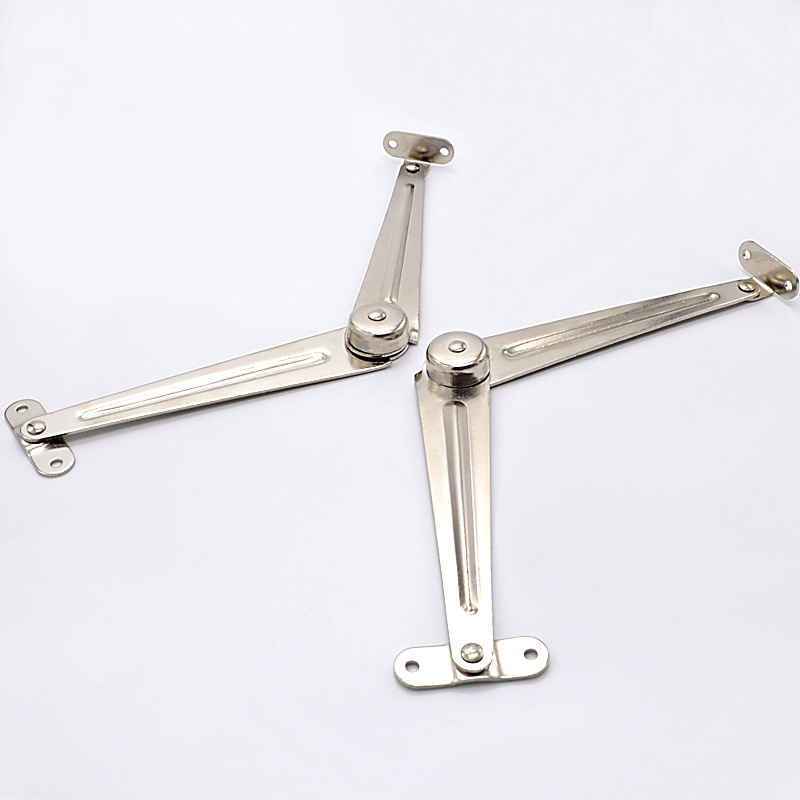
Assessing Hinge Performance
1. Smooth Operation: The hinge should provide smooth and effortless movement, minimizing friction and noise. Look for hinges with features like ball bearings or self-lubricating mechanisms for improved operation.
2. Stability and Alignment: Ensuring the hinge maintains stability and alignment in various positions is essential. Look for hinges with built-in mechanisms or adjustable components that enable precise alignment and reduce unwanted movement.
3. Load Distribution: Evaluate the hinge’s ability to distribute weight evenly along its length to prevent undue stress on specific points. This ensures longevity and reduces the risk of premature wear or failure.
Industry-Specific Applications of Telescopic Hinges
1. Industrial Machinery and Equipment: Telescopic hinges are widely used in machinery access panels, providing easy and secure access for maintenance and repairs.
2. Enclosures and Cabinets: These hinges enhance the accessibility of enclosures and cabinets, enabling smooth opening and closing, and making them suitable for industrial storage units or electrical control cabinets.
3. Industrial Automation: Telescopic hinges find application in robotic systems, control panels, and automated equipment, enabling seamless movement and precise positioning.
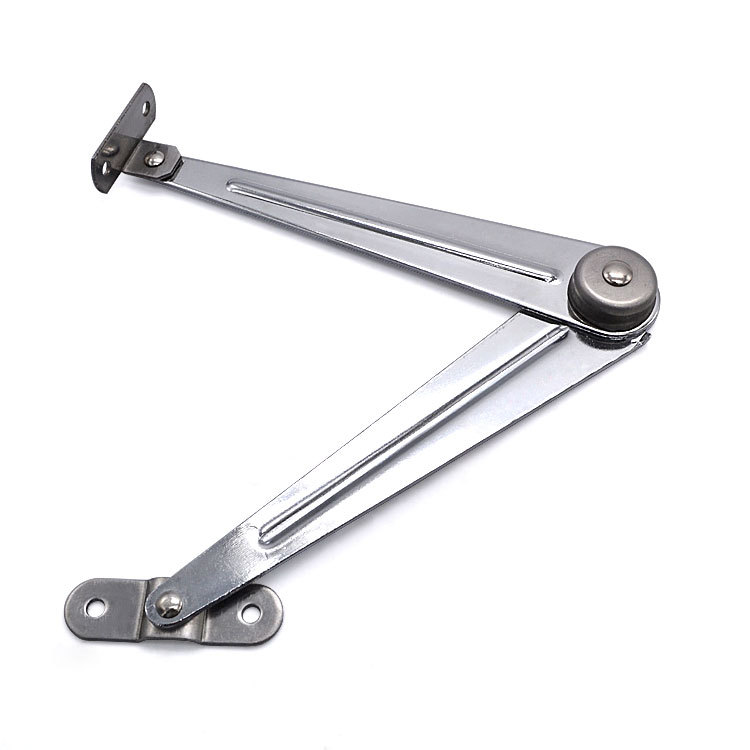
Maintenance and Care for Telescopic Hinges
1. Regular Inspection and Lubrication: Periodic inspections and lubrication of the hinge components ensure smooth operation and prevent the buildup of debris or rust.
2. Addressing Wear and Tear: Replace worn-out parts promptly and perform necessary maintenance to ensure the hinge’s longevity and optimal performance.
Tips for Successful Hinge Integration
1. Collaboration with Hinge Manufacturers and Suppliers: Engage
in open communication with manufacturers and suppliers to discuss specific requirements and gain valuable insights into hinge selection and integration.
2. Design Considerations: Incorporate the hinge’s dimensions, range of motion, and installation requirements into the overall design of the application for seamless integration and maximum functionality.
3. Testing and Quality Assurance: Conduct thorough testing to ensure the hinge meets the desired performance standards, quality requirements, and industry regulations.
Industry Standards and Regulations
1. Compliance with Industry Standards: Verify that the selected telescopic hinges comply with relevant industry standards and regulations to ensure safety and reliability.
2. Understanding Safety Requirements and Certifications: Familiarize yourself with safety guidelines and certifications applicable to your industry and select hinges that meet or exceed these requirements.
Case Studies: Real-World Applications of Telescopic Hinges
1. Showcase of Successful Implementations: Explore real-world examples of how the hinges have improved functionality, efficiency, and safety in various industrial sectors.
2. Benefits and Outcomes: Examine the specific benefits achieved through the utilization of the hinges, such as increased productivity, reduced downtime, and improved equipment longevity.
Conclusion
In my experience, choosing the right telescopic hinges for industrial applications is crucial for ensuring optimal functionality, durability, and safety. By considering factors such as load capacity, durability, environmental conditions, and hinge performance. Industrial professionals can make informed decisions that enhance their operations and maximize efficiency. With the right hinges in place, industrial equipment, machinery, and enclosures can operate smoothly, providing long-term reliability and ease of use.

